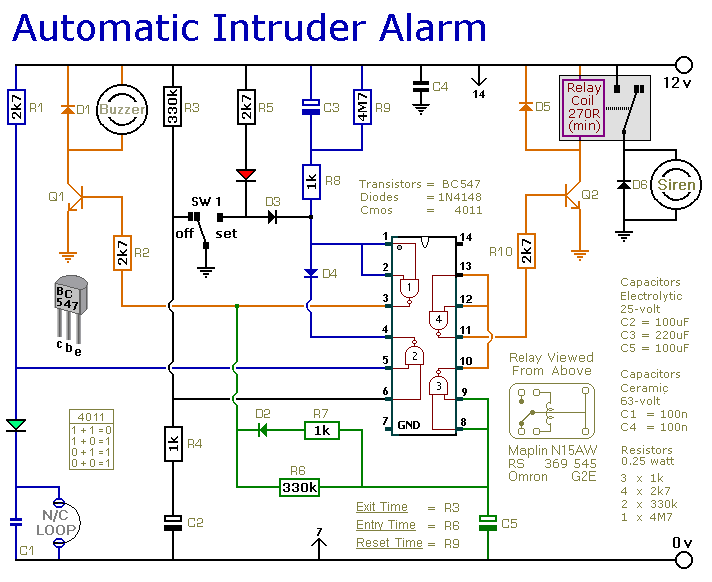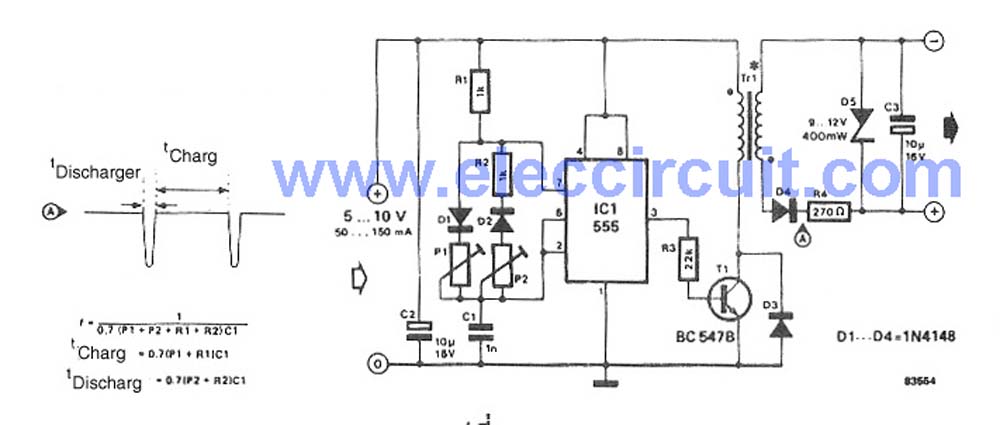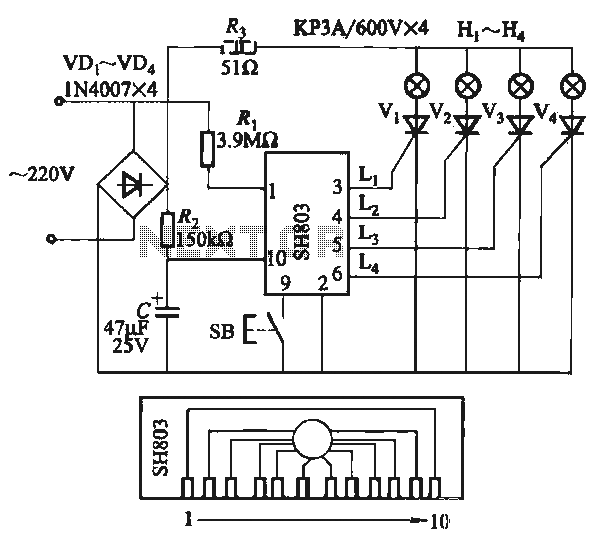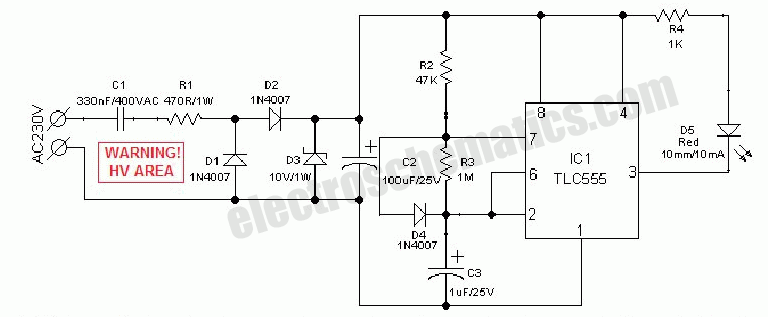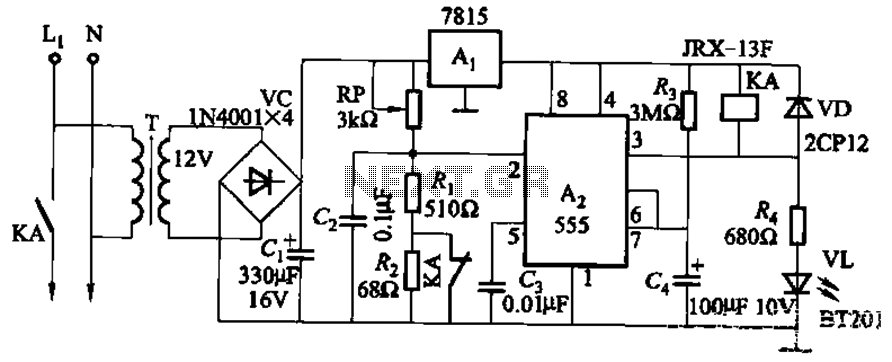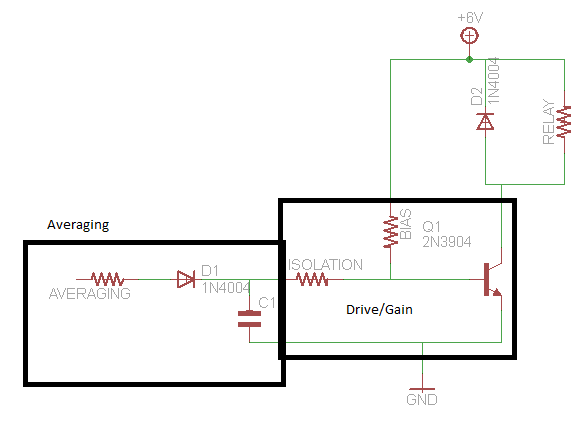
Electro harmonix graphic equalizer circuit
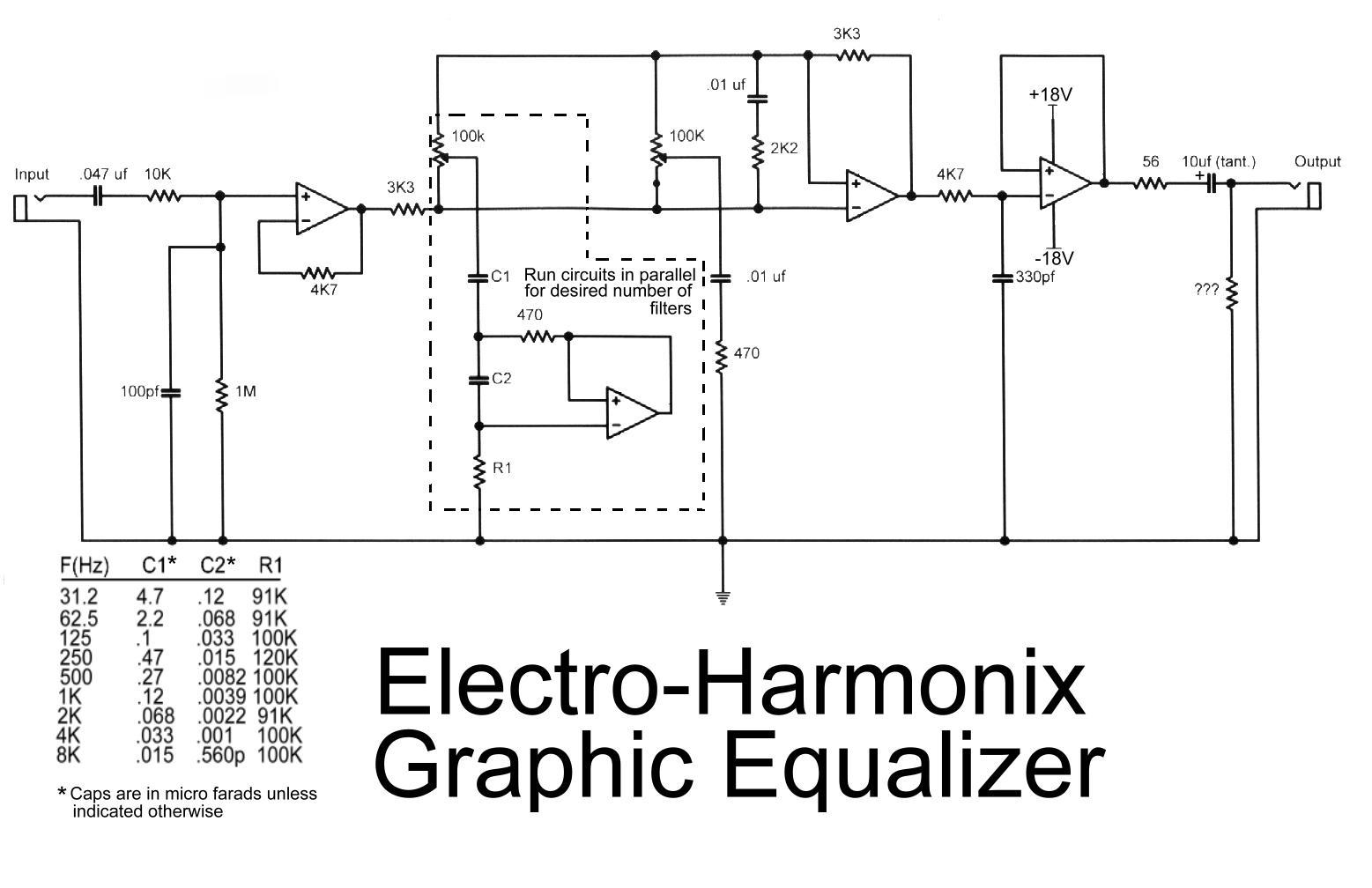
This is the diagram of the Electro-Harmonix graphic equalizer. The number of channels can be specified according to requirements by paralleling the components: C1, C2, R1, an operational amplifier, potentiometer, and a 470-ohm resistor. The frequency to be boosted is determined by C1, C2, and R1. The diagram provides details for components C1 and C2. This is the circuit diagram for the Electro-Harmonix Soul Preacher pedal. Notes: All resistors are carbon film, 1/4W, 5%, unless otherwise specified. All non-polarized capacitors are mylar, 50V, 10%, unless otherwise specified. Transistors Q1-4 and FET J1 are unspecified. IC1 is a 4558. The Electro-Harmonix Soul Preacher pedal circuit diagram can be downloaded in PDF format. This is the circuit diagram for the Electro-Harmonix fuzz-wah guitar effect pedal. Circuit notes: Q1 and Q2 are 2N3565. Fuzz bypass switch S1 has been improved to provide true bypass. S3 selects volume or wah-wah. S5 allows for sweep reverse. S2 provides options for fuzz, wah-wah/volume, or fuzz into wah-wah/volume. S4 adjusts tone. The following diagram is the schematic for the Electro-Harmonix (EH) Big Muff Pi guitar effect pedal. The EH Big Muff Pi would benefit from a modern input jack power and a DPDT bypass switch. The types of transistors and diodes used are unspecified but are likely high-gain NPN types. This is the schematic for the Electro-Harmonix Small Stone Phaser guitar effect pedal. The Small Stone utilizes Operational Transconductance Amplifiers (OTAs) for phase shift stages instead of operational amplifiers with variable resistors. All of the integrated circuits are marked EH1048 but could be replaced with CA3094, which serves as a combination of an.
The Electro-Harmonix graphic equalizer diagram serves as a versatile tool for audio signal processing, allowing users to customize the number of channels based on their specific needs. The core components include capacitors C1 and C2, resistor R1, an operational amplifier, a potentiometer for adjusting levels, and a 470-ohm resistor, all of which are arranged in parallel to achieve the desired frequency response. The selection of C1, C2, and R1 directly influences the frequencies that can be boosted, making it essential to refer to the schematic for precise values and configurations.
The Electro-Harmonix Soul Preacher pedal circuit diagram is designed with high-quality components. The use of carbon film resistors rated at 1/4W with a tolerance of 5% ensures reliable performance, while the mylar capacitors rated at 50V and 10% tolerance contribute to the overall stability of the circuit. The operational amplifier IC1, a 4558, is known for its low noise characteristics, making it suitable for audio applications. The schematic may also include details on the layout and connections for optimal performance.
In the fuzz-wah guitar effect pedal circuit, the incorporation of transistors Q1 and Q2, specifically the 2N3565, enhances the tonal characteristics of the effect. The true bypass feature provided by switch S1 allows for seamless transitions between effect and bypass modes, ensuring that the original signal remains unaltered when the effect is not in use. The pedal's design also includes several switches (S2 to S5) that allow users to toggle between fuzz, wah-wah, and volume settings, as well as adjust tone, providing a comprehensive range of sound manipulation options.
The EH Big Muff Pi pedal schematic highlights the potential for modern upgrades, such as the addition of a contemporary input jack power and a DPDT bypass switch, which can enhance usability and performance. The unspecified transistors and diodes indicate flexibility in component selection, suggesting that any high-gain NPN transistors could be utilized in the circuit without compromising functionality.
The Electro-Harmonix Small Stone Phaser circuit is notable for its unique use of Operational Transconductance Amplifiers (OTAs) in the phase shift stages. This design choice allows for more precise control over the phasing effect compared to traditional operational amplifiers with variable resistors. The integrated circuits marked as EH1048 offer a proprietary solution, although replacements like the CA3094 are available, providing compatibility and performance consistency in the circuit design.
Overall, these schematics represent a wealth of information for audio engineers and enthusiasts, offering insights into the design and operation of various Electro-Harmonix guitar effect pedals. Each circuit is crafted to deliver specific sonic characteristics, allowing for a broad range of creative possibilities in music production and performance.This is the diagram od electro-harmonix graphic equalizer. You can specify the number of channels according to your needs. You just need to parallel the components: C1, C2, R1, an om-amp, Potensiometer and a 470 ohm resistor. The frequency to be boost decided by C1, C2 and R1. See the diagram for the C1, C2. This is the circuit diagram of Electro -Harmonix Soul Preacher pedal. Notes: -All resistors are carbon film, 1/4W, 5%, unless otherwise noted -All non-polarized capacitors are mylar, 50V, 10%, unless otherwise noted -Transistors Q1-4 and FET J1 are unknown -IC1 is a 4558 Download Electro-Harmonix Soul Preacher pedal circuit diagram in PDF file: » Download Link This is the electro harmonix fuzz-wah guitar effect pedal circuit diagram. Circuit Notes: Q1 & Q2 are 2n3565 Fuzz bypass S1 has been improved to provide true bypass S3 chooses volume or wah-wah S5 provides for sweep reverse S2 gives just fuzz, just wah-wah / volume, or fuzz into wah-wah / volume S4 sets tone.
The following diagram is the schematic diagram of electric guitar effect: Electro Harmonix (EH) Big Muff Pi. The EH Big Muff Pi would probably be better making the change by a modern input-jack power and a DPDT bypass switch.
The types of transistors and diodes are unknown. It is likely that any high gain NPN. This is the schematic diagram of Electro-Harmonix Small Stone Phaser guitar effect pedal. The Small Stone is somewhat special in applying Operational Transconductance Amplifiers (OTA`s) for phase shift stages rather of opamps with variable resistors. All of the IC`s are house marked EH1048, but could be replaced with CA3094 that is a combination of an.
🔗 External reference
The Electro-Harmonix graphic equalizer diagram serves as a versatile tool for audio signal processing, allowing users to customize the number of channels based on their specific needs. The core components include capacitors C1 and C2, resistor R1, an operational amplifier, a potentiometer for adjusting levels, and a 470-ohm resistor, all of which are arranged in parallel to achieve the desired frequency response. The selection of C1, C2, and R1 directly influences the frequencies that can be boosted, making it essential to refer to the schematic for precise values and configurations.
The Electro-Harmonix Soul Preacher pedal circuit diagram is designed with high-quality components. The use of carbon film resistors rated at 1/4W with a tolerance of 5% ensures reliable performance, while the mylar capacitors rated at 50V and 10% tolerance contribute to the overall stability of the circuit. The operational amplifier IC1, a 4558, is known for its low noise characteristics, making it suitable for audio applications. The schematic may also include details on the layout and connections for optimal performance.
In the fuzz-wah guitar effect pedal circuit, the incorporation of transistors Q1 and Q2, specifically the 2N3565, enhances the tonal characteristics of the effect. The true bypass feature provided by switch S1 allows for seamless transitions between effect and bypass modes, ensuring that the original signal remains unaltered when the effect is not in use. The pedal's design also includes several switches (S2 to S5) that allow users to toggle between fuzz, wah-wah, and volume settings, as well as adjust tone, providing a comprehensive range of sound manipulation options.
The EH Big Muff Pi pedal schematic highlights the potential for modern upgrades, such as the addition of a contemporary input jack power and a DPDT bypass switch, which can enhance usability and performance. The unspecified transistors and diodes indicate flexibility in component selection, suggesting that any high-gain NPN transistors could be utilized in the circuit without compromising functionality.
The Electro-Harmonix Small Stone Phaser circuit is notable for its unique use of Operational Transconductance Amplifiers (OTAs) in the phase shift stages. This design choice allows for more precise control over the phasing effect compared to traditional operational amplifiers with variable resistors. The integrated circuits marked as EH1048 offer a proprietary solution, although replacements like the CA3094 are available, providing compatibility and performance consistency in the circuit design.
Overall, these schematics represent a wealth of information for audio engineers and enthusiasts, offering insights into the design and operation of various Electro-Harmonix guitar effect pedals. Each circuit is crafted to deliver specific sonic characteristics, allowing for a broad range of creative possibilities in music production and performance.This is the diagram od electro-harmonix graphic equalizer. You can specify the number of channels according to your needs. You just need to parallel the components: C1, C2, R1, an om-amp, Potensiometer and a 470 ohm resistor. The frequency to be boost decided by C1, C2 and R1. See the diagram for the C1, C2. This is the circuit diagram of Electro -Harmonix Soul Preacher pedal. Notes: -All resistors are carbon film, 1/4W, 5%, unless otherwise noted -All non-polarized capacitors are mylar, 50V, 10%, unless otherwise noted -Transistors Q1-4 and FET J1 are unknown -IC1 is a 4558 Download Electro-Harmonix Soul Preacher pedal circuit diagram in PDF file: » Download Link This is the electro harmonix fuzz-wah guitar effect pedal circuit diagram. Circuit Notes: Q1 & Q2 are 2n3565 Fuzz bypass S1 has been improved to provide true bypass S3 chooses volume or wah-wah S5 provides for sweep reverse S2 gives just fuzz, just wah-wah / volume, or fuzz into wah-wah / volume S4 sets tone.
The following diagram is the schematic diagram of electric guitar effect: Electro Harmonix (EH) Big Muff Pi. The EH Big Muff Pi would probably be better making the change by a modern input-jack power and a DPDT bypass switch.
The types of transistors and diodes are unknown. It is likely that any high gain NPN. This is the schematic diagram of Electro-Harmonix Small Stone Phaser guitar effect pedal. The Small Stone is somewhat special in applying Operational Transconductance Amplifiers (OTA`s) for phase shift stages rather of opamps with variable resistors. All of the IC`s are house marked EH1048, but could be replaced with CA3094 that is a combination of an.
🔗 External reference
